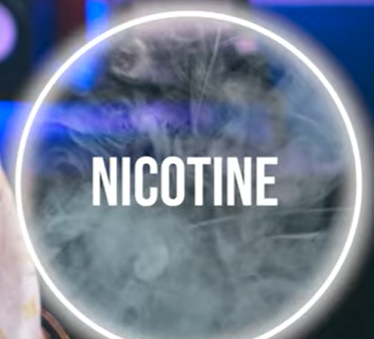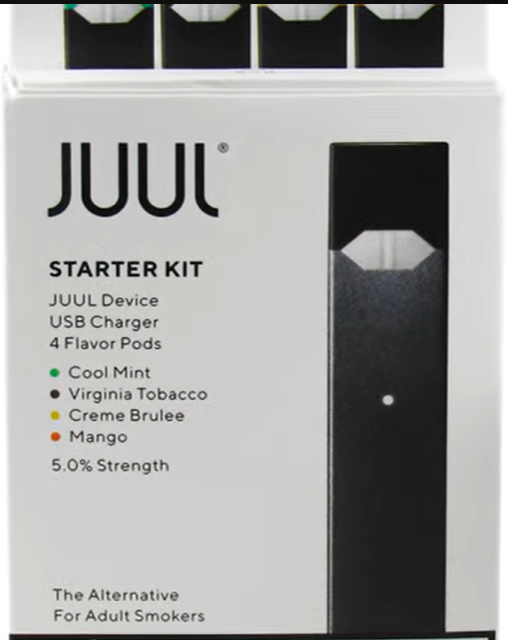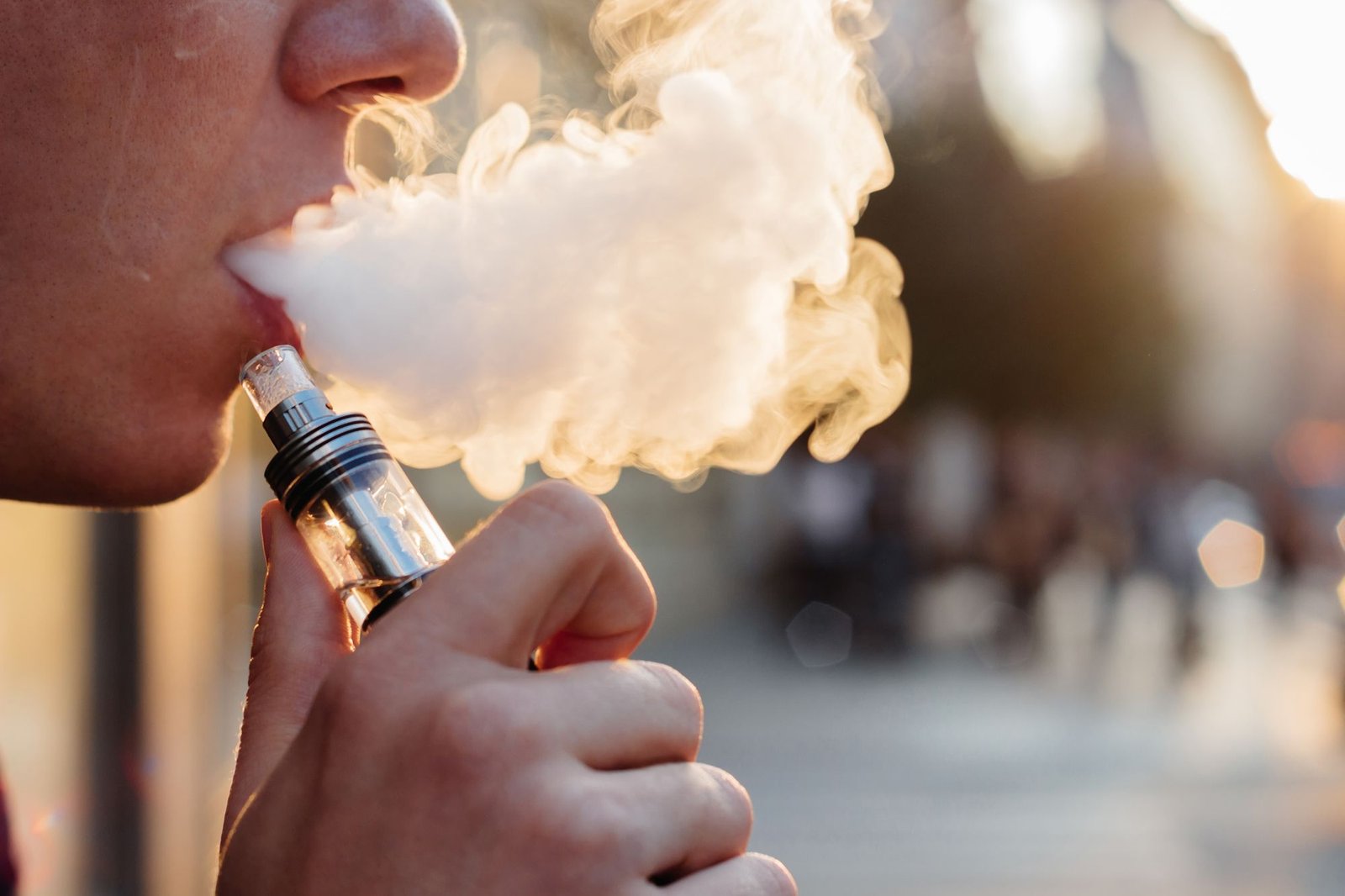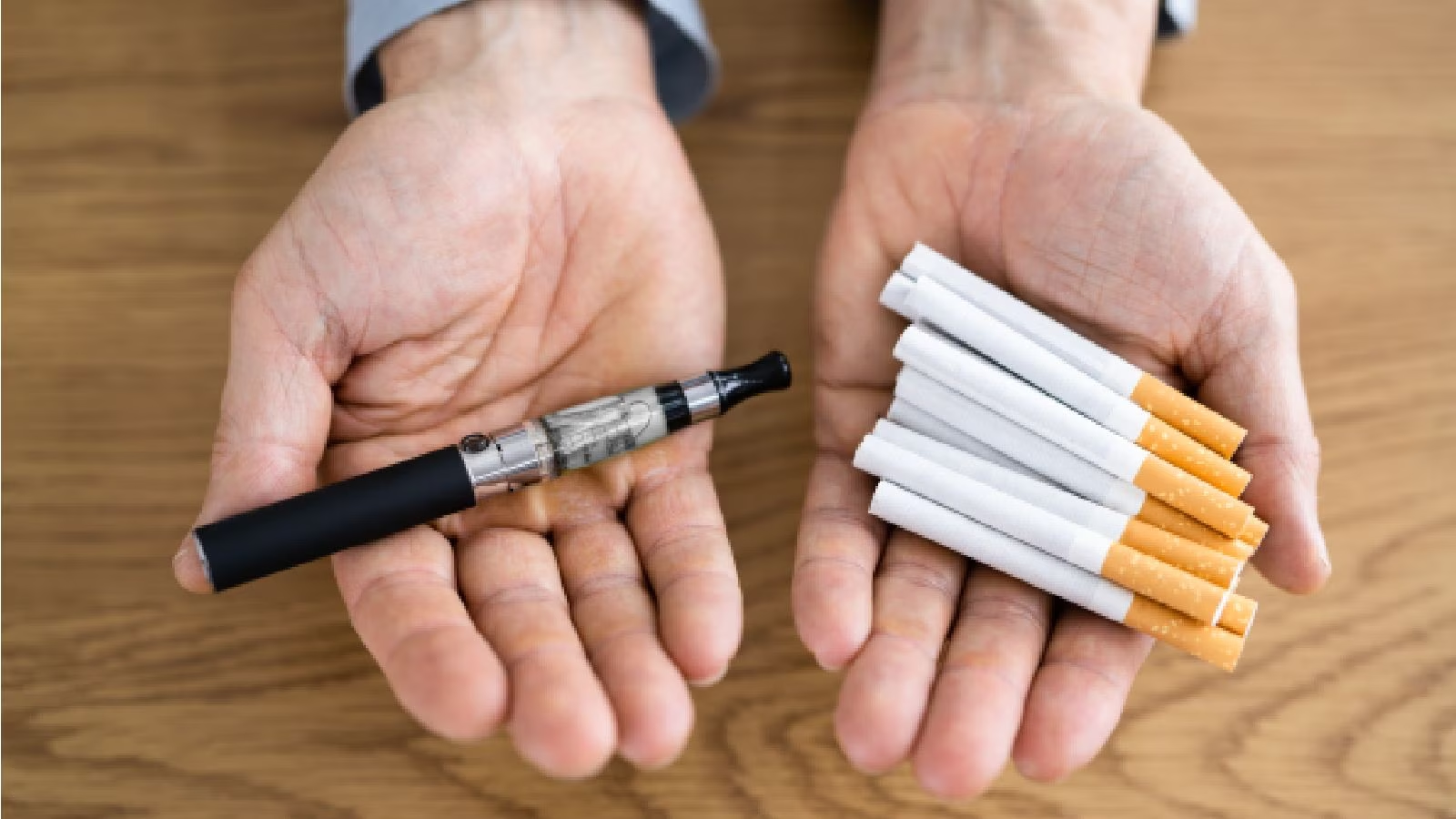Is Vaping Really 100% Safe? Let’s Break the Myth.
Vaping has sparked a global debate—Is it truly a safer alternative to smoking? Since vaping releases vapor instead of smoke, many assume it’s harmless. But is that really the case?
Let’s explore the common myths, backed by facts and medical findings.

Myth 1: Vaping Is 100% Safe
Many believe that since vaping doesn’t produce smoke like traditional cigarettes, it must be safe. But here’s the truth:
How Is Vaping Different from Smoking?
-
Smoking involves burning tobacco and inhaling smoke, which contains thousands of harmful chemicals.
-
Vaping involves heating a liquid (often called e-liquid or vape juice) that creates vapor, which is then inhaled.
But this vapor isn’t just harmless mist—it contains substances that can be extremely dangerous to your health.
What’s Inside Vape Vapor?
-
Nicotine
-
Present in most vape liquids—even those labeled “nicotine-free.”
-
Causes addiction, increases the risk of heart disease, stroke, and even affects brain development, especially in young users.
-
-
Diacetyl (Flavoring Agent)
-
Linked to serious lung injury, including a condition nicknamed “Popcorn Lung.”
-
-
Propylene Glycol
-
When heated, it breaks down into formaldehyde and acetaldehyde, both of which are carcinogenic.
-
-
Ultrafine Particles
-
These microscopic particles travel deep into the lungs, leading to inflammation, cardiovascular issues, and increased cancer risk—similar to cigarette smoke.
-
Myth 2: Vaping Contains 0% Nicotine
Many vape brands claim their products are “nicotine-free.” But scientific studies have proven otherwise.
-
Lab tests on e-liquids that claimed 0% nicotine actually found significant amounts of nicotine present.
-
E-cigarettes are unregulated in many countries, meaning manufacturers can make false claims on labels.
-
Some products also contain cannabinoids (like THC) without proper disclosure.
Real-World Example

In the U.S., the vape brand JUUL claimed to be a safer alternative. But studies later found that a single JUUL pod contains as much nicotine as a full pack of cigarettes—leading to its eventual ban in the U.S. in 2019.
Myth 3: Vaping Helps Quit Smoking
Another common belief is that vaping is a helpful aid to quit cigarettes. But let’s look at the reality.
-
Cigarettes are hard to quit because of nicotine addiction.
-
Vaping still delivers nicotine, just in a different form.
-
Switching from cigarettes to vapes doesn’t mean you’ve quit—you’re just consuming nicotine differently.
What Do Studies Say?
-
No reliable studies confirm that e-cigarettes help people quit smoking.
-
Many become dual users, consuming both cigarettes and vapes.
-
Young users who start with vapes often graduate to smoking regular cigarettes.

Myth 4: Vaping Is Safe for Those Around You
Think your family is safe if you vape instead of smoke? Think again.
Secondhand Vapor Affects Everyone
-
Vapors exhaled during vaping contain nicotine, chemicals, and particulate matter.
-
Especially dangerous for children and young adults under 25, affecting:
-
Brain development
-
Memory and learning
-
Mood regulation
-
Long-Term Risk
Children exposed to vapor are at higher risk of future addiction and developmental disorders.
Myth 5: If It’s Harmful, Why Is It Sold?
You may wonder—if vaping is so dangerous, why is it still available?

Legal Status of Vaping
-
In India, the sale of e-cigarettes has been banned since September 2019.
-
The Indian Council of Medical Research (ICMR) recommended a complete ban on Electronic Nicotine Delivery Systems (ENDS).
-
In the U.S., the FDA regulates vaping products, especially regarding their sale to minors.
Despite these restrictions, black-market sales continue, making it even more dangerous due to unregulated ingredients.
Myth 6: There’s No Research Proving It’s Harmful
Let’s talk about EVALI, a real-life health crisis in the U.S.
What Is EVALI?
EVALI stands for E-cigarette or Vaping product use-Associated Lung Injury.
-
In 2019, over 800 young people were hospitalized with severe lung damage.
-
Most required ventilators, and some cases were fatal.
-
The culprit? Harmful chemicals like Vitamin E acetate and THC oils in vapes.
Animal Studies
-
Mice exposed to vape vapor for just four months developed COPD-like symptoms.
-
Humans with asthma or other lung conditions suffered worsened symptoms after switching to vaping.
So, Is Vaping Medically Safe?
Absolutely not.
-
Vaping is not a safer alternative to smoking.
-
It does not help with smoking cessation.
-
It can be even more toxic than traditional cigarettes due to unregulated ingredients and chemical additives.
-
Vaping causes addiction, respiratory problems, heart disease, and may even lead to cancer.
Final Verdict
Vaping is NOT safe. It may feel like a modern alternative to smoking, but the health risks are serious—and in many ways, even more severe than traditional smoking.
If you’re looking to quit smoking, it’s better to seek medically-approved nicotine replacement therapies and professional help, not e-cigarettes.